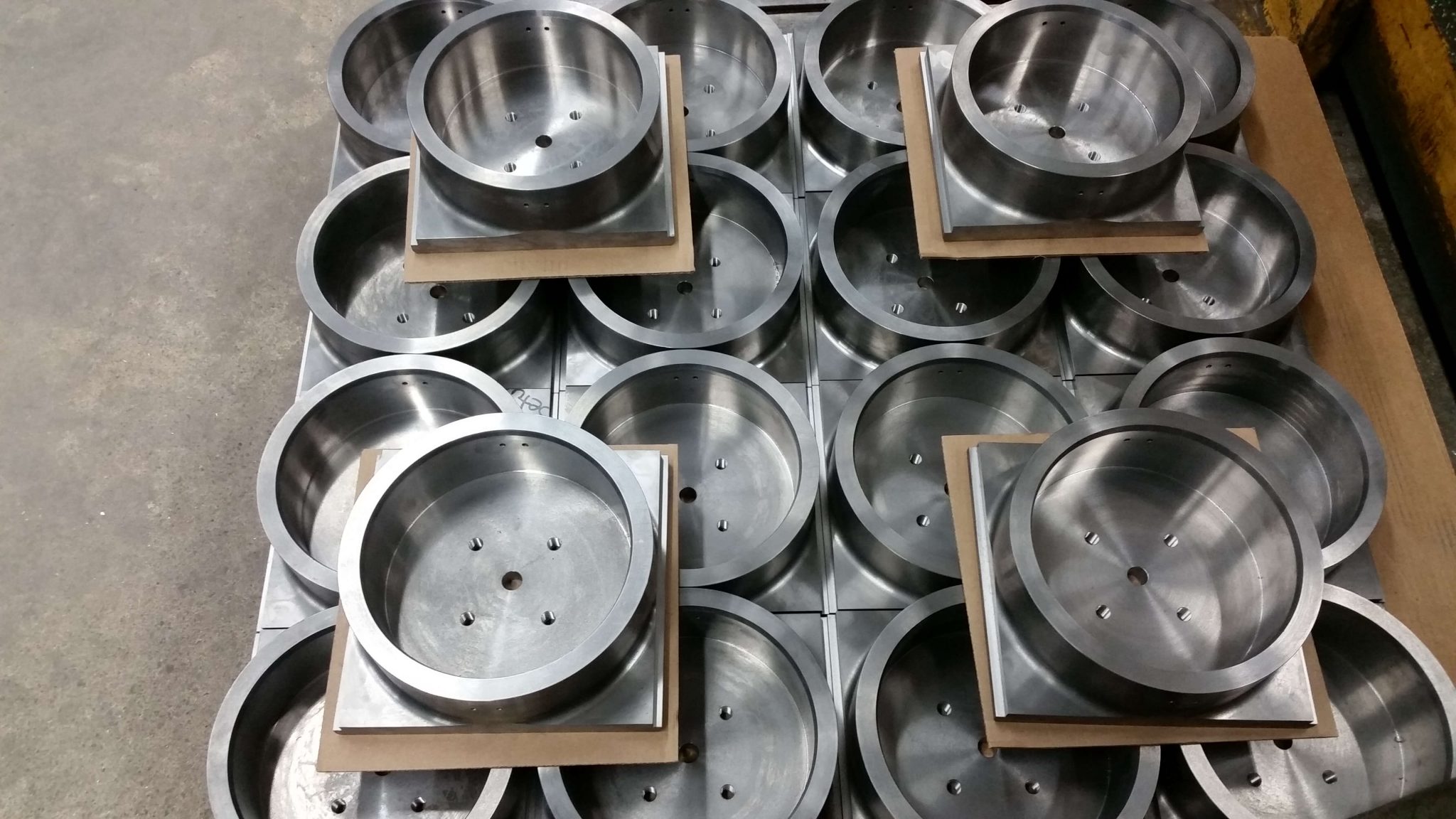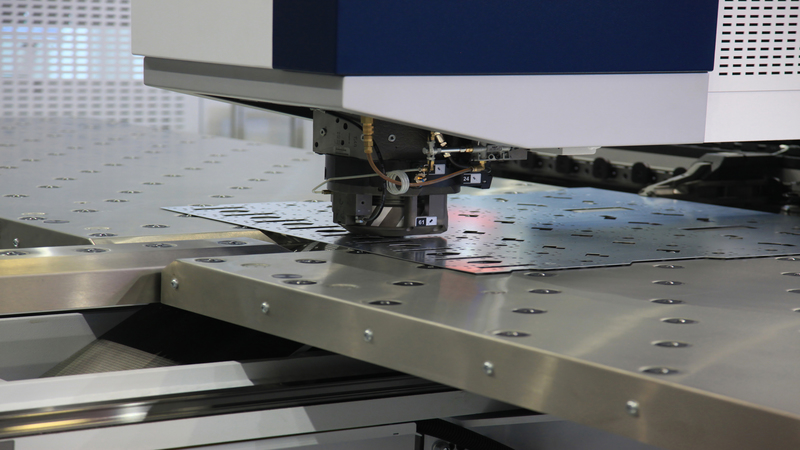When it comes to actuators, the hydraulic cylinder plays a significant role in operating various machinery for diverse industrial applications. Essentially, the choice is between two types:
1. The single acting cylinder
2. The double acting cylinder
Both types prove to be an effective means of providing a certain type of motive power. Both provide the necessary force for lifting, moving, pulling and holding a load.
Why Choose a Single Acting Hydraulic Cylinder?
While some companies prefer double acting hydraulic cylinders, others opt for the single acting variety. The reasons they give vary. However, they tend to list the following advantages:
Design: It is simple but effective
Size: A compact size makes it more versatile in specific applications
Costs: Using a single acting cylinder results in a reduction of costs for both valves and piping
Air Consumption: When compared to a double acting cylinder, the amount of consumed air is at least cut in half
This is not to say a single acting cylinder lacks disadvantages. The spring operation may not continue to function effectively as the cylinder ages. Furthermore, since the spring side of this cylinder type vents to the exterior environment, it may permit the entry of contaminants. This can cause malfunctioning, reducing the overall longevity of the cylinder. In addition, critics perceive the restricted size of the spring size and force acts to curtail the strike and bore size of the cylinder.
The Single Acting Cylinder
While many industries rely on the double acting hydraulic cylinder, others turn to single acting cylinders. Whenever making a decision on what type to select, it is essential to keep in mind the application, the required capacity, the compatibility with existing components in the system and the cost. By consulting with engineers and talking to cylinder manufacturers about the quality of their products, you will be able to come to a decision on whether a single acting cylinder will be ideal for the task.


